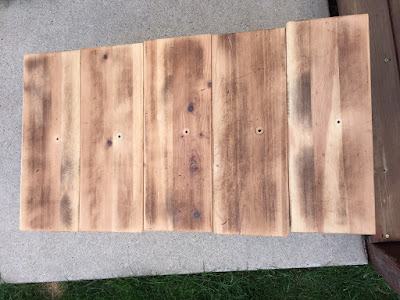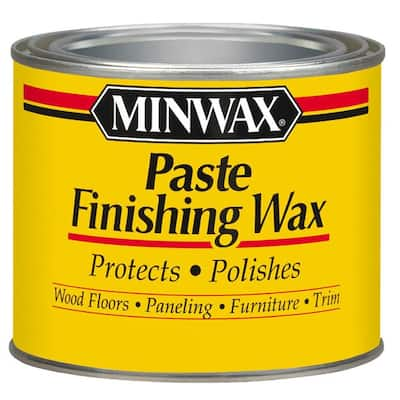I've also learned to be very picky, making a point to start purchasing certain pieces that I am in no way settling for. I've also mastered the art of discounts. I never have, and probably never will pay full price for something, because why? Those extra bucks, whether it's $5.00 or $500.00 can go towards something much more important, like food.
Lately, West Elm has been capturing my heart with their unique and clean designs. I was browsing the artwork a few months back and came across this geo string wall art. West Elm works closely with global artisans (pick me) to display their work in stores nationwide... so having the added perk of owning something pretty limited is kinda neat.
 |
| Credit: West Elm |
I really like the look of it, don't you? Now would be the perfect time to make my point after all of the rambling you read through. There are certain things in life that a lot of people can do. I am not trying to take credit away from the artist of this image, because frankly, this artist did something very motivating and inspiring for me. They inspired me to dust off my art table and get to work. I think this is a great jump off point that would allow anyone- artist or not- to experiment with some DIY art action, all the while maintaining a fixed budget.
What you will need:
- Paper (I like Bristol) or a sheet of canvas
- Ruler
- Pencil
- Thumb Tack
- String of any kind (I like cross-stitch thread because of the colors and cost)
- Needle
- Frame
I think a big reason why this artwork is suitable for all ages and creative levels is because at some point during middle/high school, we learned how to cross-stitch. This is really no different. Except maybe cooler? I don't know, my lady bug was pretty sweet though.
First, make a geometric design on your paper using your ruler. If you choose circles, find something round your can trace.
Once you have your outline done, it's time to make lines. Lots of lines. It's okay if you make a mistake, and your line isn't perfect. Just re-draw it. No need to erase either... you'll see.
Play around with geometric sizes too. No, your triangles do not need to be the same size.
Once your lines have been created, grab your thumb take (or needle) and start poking small holes where your lines meet.
Now, the lines you created are going to serve as your guide. You won't be seeing your pencil lines in the final product because you'll be flipping the image over. When I first put my string through the hole, I like to make a little knot at the end of the string before it passes through the paper. We all need a little security, right? Start threading your picture starting on the back side (your line side). When you find your string getting a little short, tie off and tape, re-thread, and start again.
If you mess the pattern of your string up, there are two things you can do. A. Go with the flow and keep on keeping on. B. You can easily pull your threaded string through the holes without cutting it, and pick up where you left off before things got tangled.
Before long, you'll end up with something pretty cool. Play around with shapes and colors. Make as many or as few as you want. I've been doing these little images as wedding gifts, using their wedding colors. There is something about geometric shapes stitched together that is just so... unifying, similar to a marriage.
Thanks for stopping by. Happy threading!
*J
























